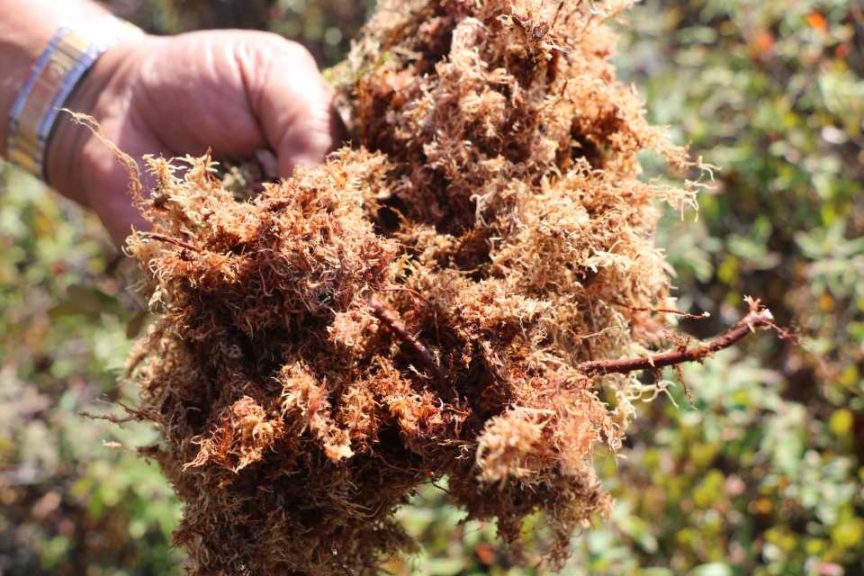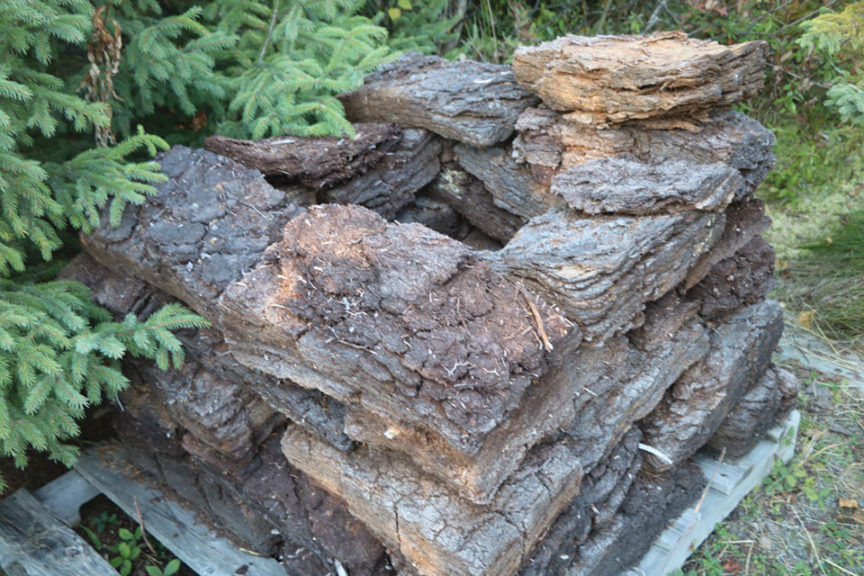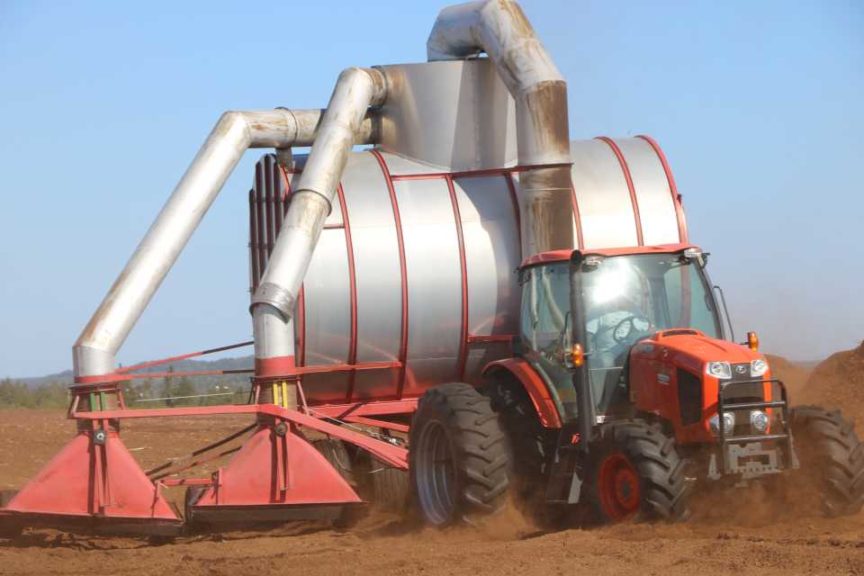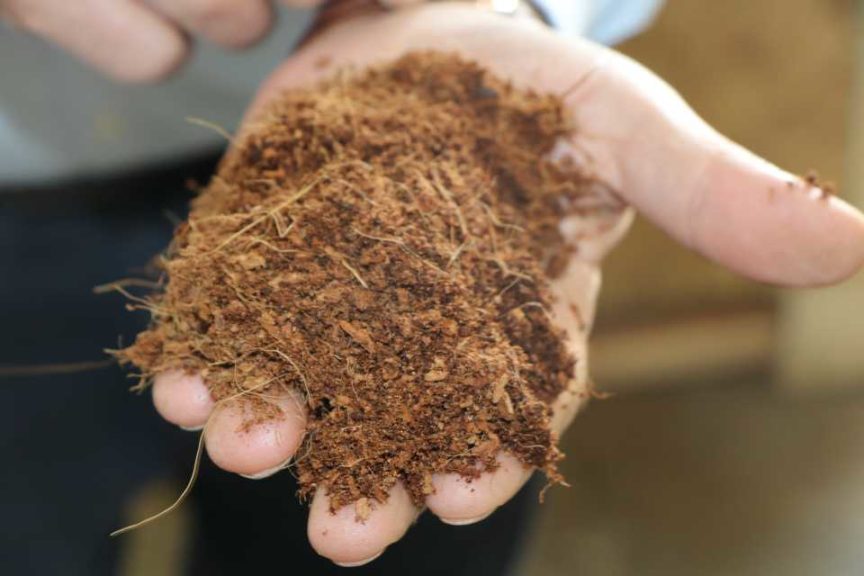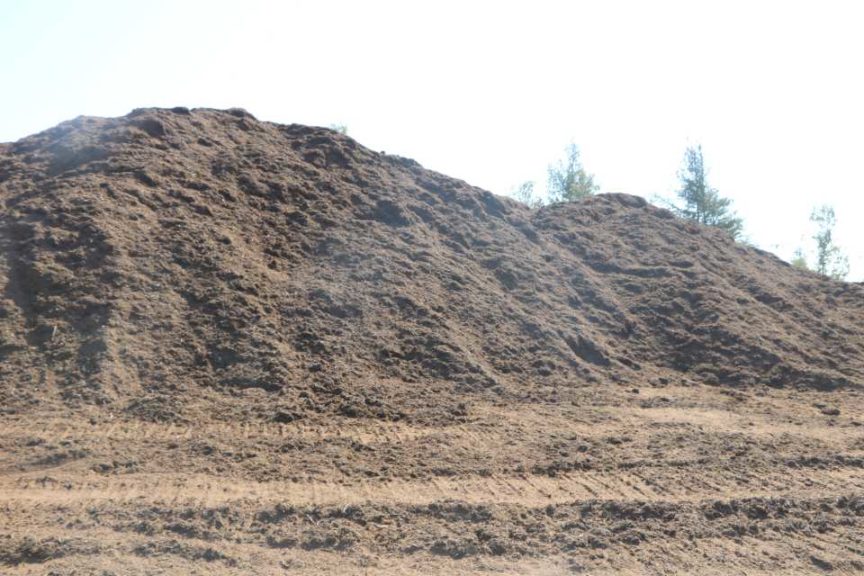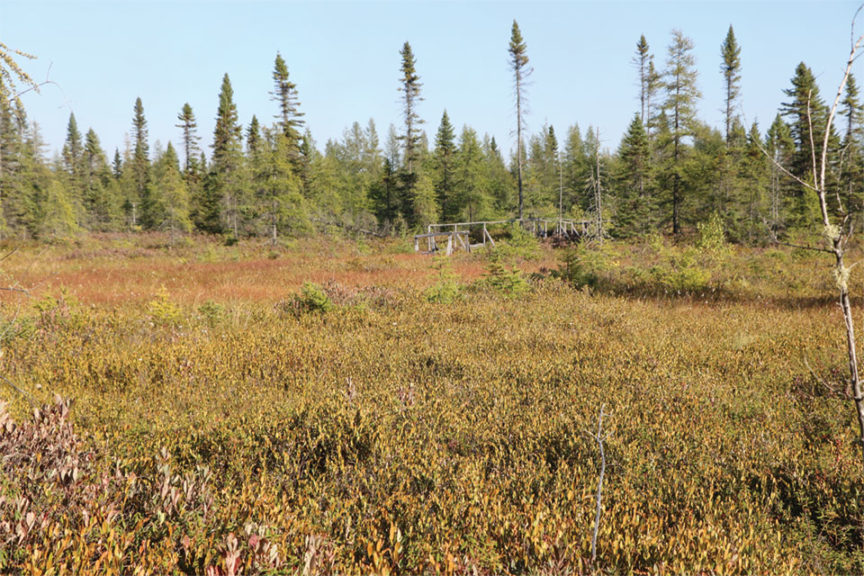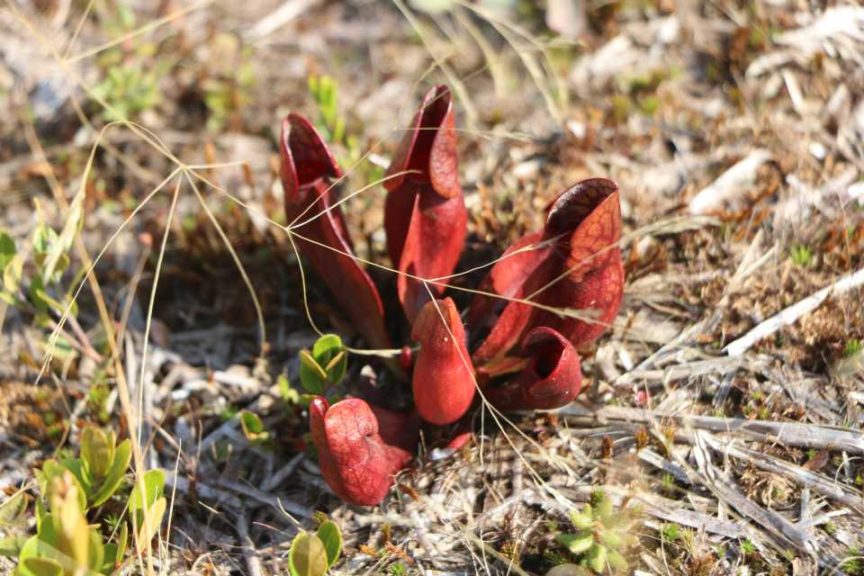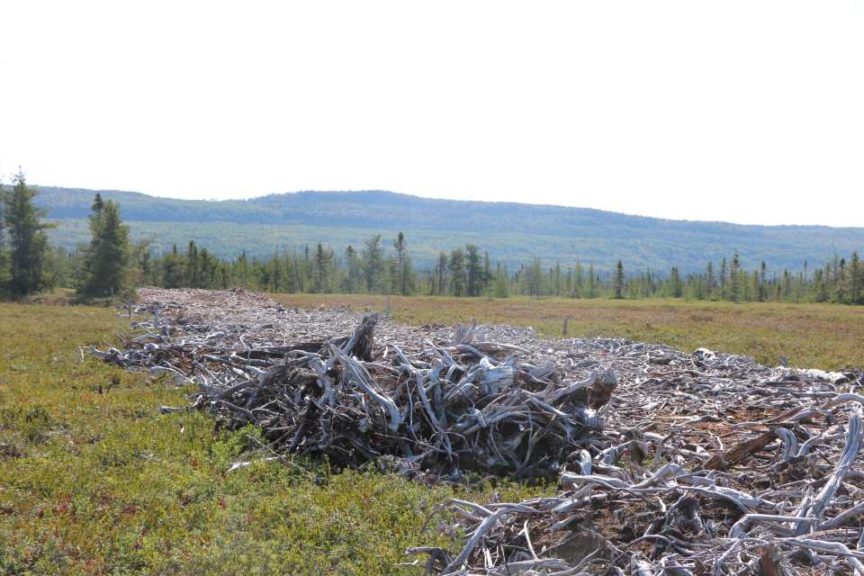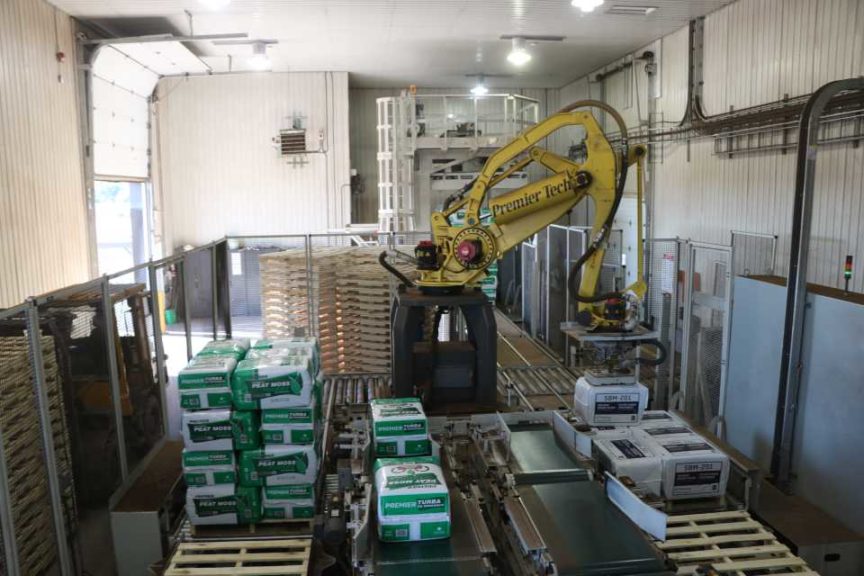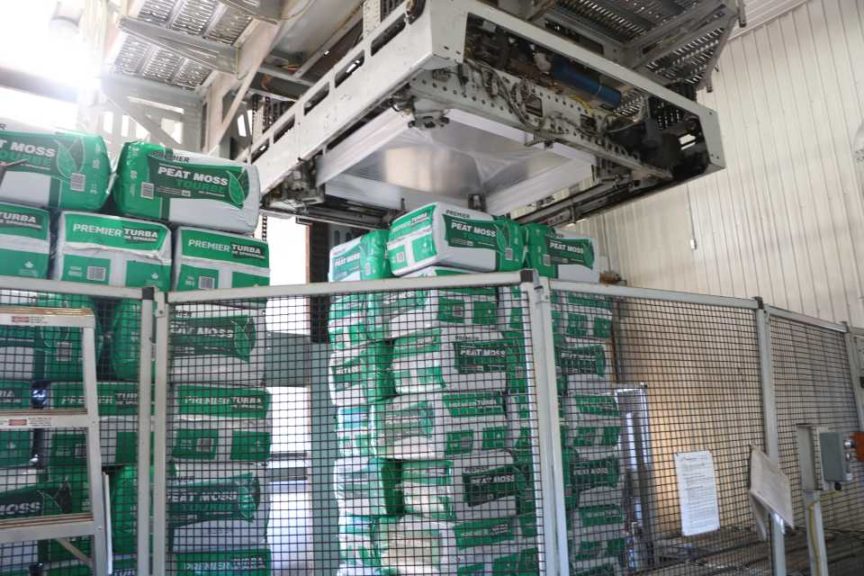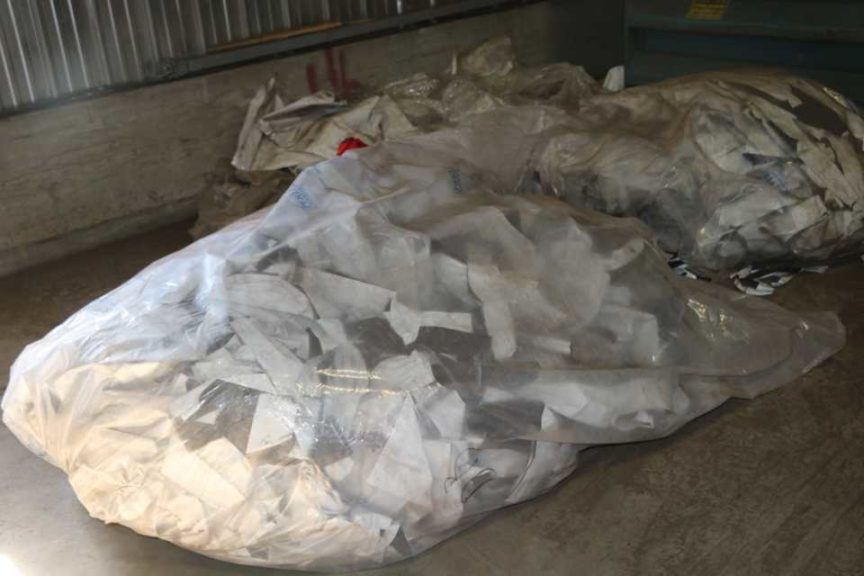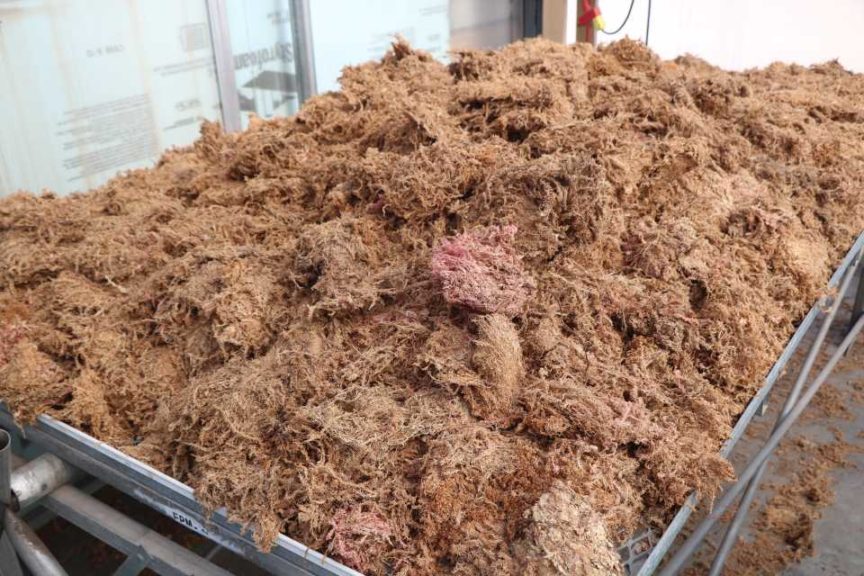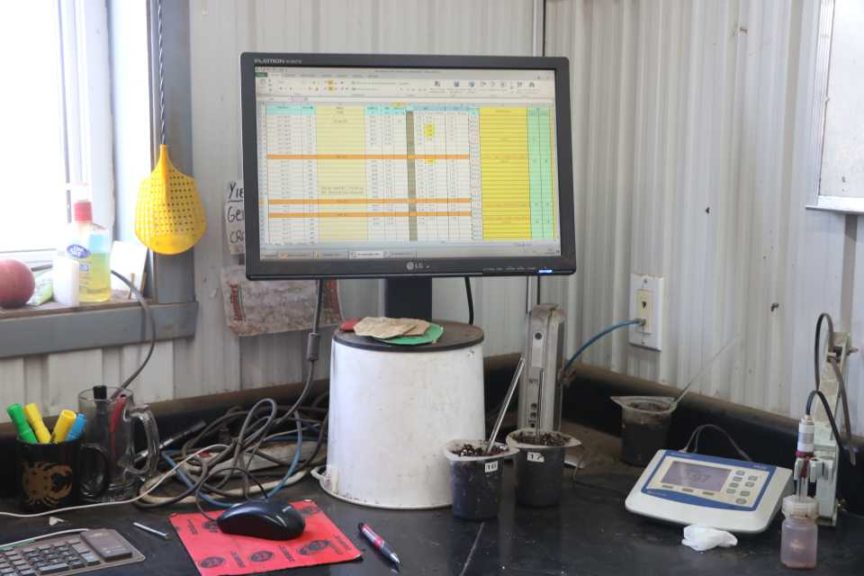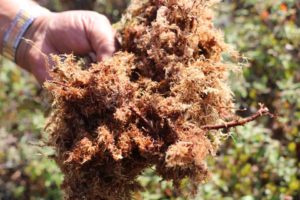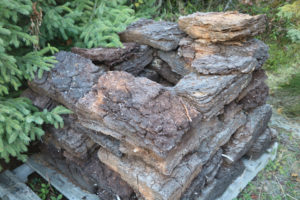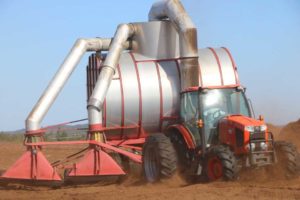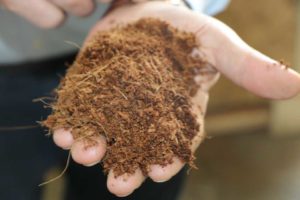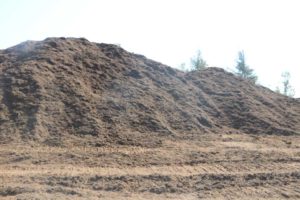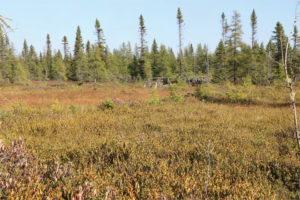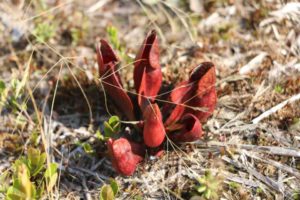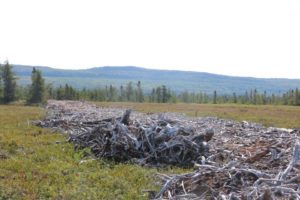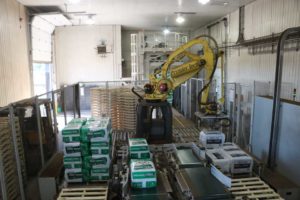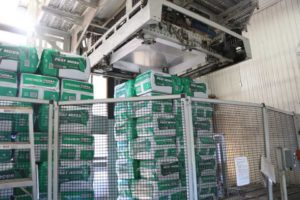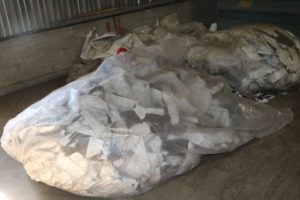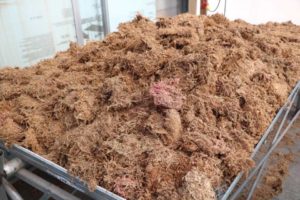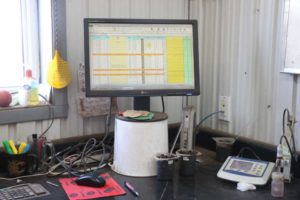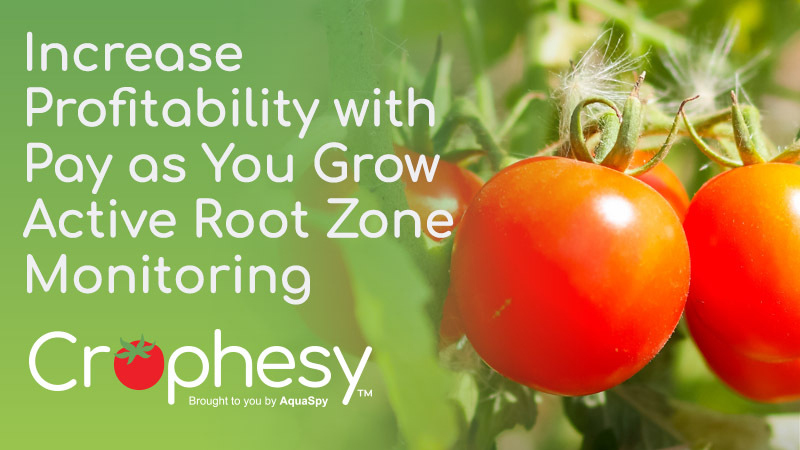The Sustainability of the Peat Industry Looks Better Than You Think
The peat industry isn’t going anywhere, anytime soon. That’s not to say peat suppliers aren’t feeling the competitive pressure from the advent of alternative products or that growers have relaxed their concerns over freight costs and sustainability. But consistency and quality in growing media count. If anything has come from the current market pressures, it’s that peat suppliers have narrowed their focus to providing high-quality substrates with value-added benefits.
Substrates Must Work Harder
In its search to optimize growing media, Scott’s is taking a deep dive into studying the physical and chemical properties of key substrate ingredients, to help growers realize in-demand benefits such as cost-savings and shortened production cycles. Other substrate producers are on the same track.
Rens Muusers, Account Manager USA at Grodan, says growers are looking for high-quality substrates that are steerable and uniform. As consumers become more aware of the need for sustainable production methods, growers will become more concerned about having substrate solutions in place at the end of the crop cycle. There will also be more demand for cleaner, inert substrates that provide the highest degree of drain water recycling with minimal environmental impact.
The future will also see more active ingredients, including mycorrhizae and biofungicides, incorporated into growing media, says Guy Arseneault, Director of Marketing at Premier Tech Horticulture, because these products help growers reduce the need for chemical controls and lower production costs. This will be particularly important for growth in the edible plant and organic sectors because fruit and vegetable crop producers have limited choices for disease and insect controls, he says.
Premixes Lead the Way
Many growers get these types of benefits in the wide range of growing media mixes on the market. Suppliers say that while they’re seeing some larger growers moving more to mix their own blends, many small- to medium-size growers still rely on professionally mixed and custom blends. Even some of the larger growers will use preformulated growing media for specific crops.
“Pre-formulated media is a cost- and labor-saver for growers,” Arseneault says. “Some advantages are its uniformity, established quality, range of different formulations, assorted package sizes for various applications, and ease of ordering and delivery.”
Pierre-Marc de Champlain, Supervisor of Technical Services at Berger, says there’s another reason growers will be looking at more ready-made products — consistency. Only strict mixing line processes added to rigorous quality controls can ensure uniform products of superior quality day after day.
There are also savings with premixes that go beyond simple cost comparisons, says Søren Møller Nielsen, National Sales Manager for Pindstrup. Growers need to examine other factors, for example, product returns because of an improperly blended mix or the percentage of crop loss because a substrate didn’t have the right amount of peat in it for moisture and nutrient retention.
Like other peat suppliers, Pindstrup is improving its assortment of mixes by adding wood fiber (Forest Gold). Wood fiber helps improve drainage in substrate blends and promotes a healthier root structure.
Nielsen says the addition of wood fiber to mixes can also help growers transition away from peat-perlite mixes, which is another plus for those who are worried about their environmental footprint.
Environmentally Friendly Products Causing Subtle Shifts in the Market
Along with wood fiber, other environmentally friendly alternatives to peat, including rice hulls, coconut coir, and paper products, have now found their way into mixes. Each adds its own unique set of properties and benefits. For example, the addition of rice hulls to substrates can help reduce freight costs, improves drainage and stability, and minimizes storage and handling.
HydraFiber, a pressurized product made from loblolly pine, is another environmentally friendly alternative available to growers that is making its way into mixes with peat, and in some cases, replacing peat altogether. HydraFiber has a low bulk density and high porosity, and its large surface area promotes quick root establishment.
Products like these are having their impact on the peat industry, in that they are creating slight shifts, with suppliers’ focus moving toward offering more alternatives in substrates that fit with growers’ desire to leave a smaller environmental footprint.
Responsible Bog Management
The global debate concerning the sustainability of peat harvesting centers around whether or not peat is a renewable resource. The extraction of peat requires scraping off the bog’s live vegetation layer to access the decomposed plant material underneath that is centuries in the making. Peatlands circling the globe are huge carbon sinks, and peat harvesting releases carbon dioxide, a greenhouse gas that contributes to climate change.
In Canada, overall peatland is estimated at 113.6 million hectares, of which less than 0.03% has been or is currently used for horticultural peat production, according to 2015 statistics from the Canadian Sphagnum Peat Moss Association (CSPMA). Canadian peat suppliers say they are making an effort as an industry to protect and restore peatlands.
Canadian peat producers follow guidelines laid out in The Strategy for Responsible Peatland Management. Many have also received Veriflora Peatland Products certification, a process that touches every aspect of production from field preparation before harvesting to peat bog restoration.
All the same, in the face of negative public sentiment it’s an uphill battle to educate the public and change opinions.
New Advances in Bog Restoration
A number of peat producers actively participate in peat bog restoration. Premier Tech Horticulture has been a global leader in this area, devoting part of its bogs to various research projects. Berger has also participated in multiple research projects to develop sustainable peatland operation techniques. Research by peat producers has led to the development of effective restoration practices, including the moss-layer transfer technique, where workers spread surface vegetation from a donor site onto a restoration site for regeneration.
Lambert is another company practicing responsible peatland management. Unlike other peat producers, Lambert owns several of its bogs outright. Owner Gabe Lambert is conservative, only opening new locations when he needs a supply of good, blond peat.
“In the 89 years Lambert has been in business and with 21,000 acres of bogs available for its use, only about 5,000 acres are presently being used. In that time, we have only had to reclaim by replanting live sphagnum moss on a couple of small bogs,” says Regional Sales Manager Otto Kaufmann.
The CSPMA works with provincial Canadian governments to raise awareness about peatlands, determine best practices for management, and develop legislation that ensures best practices.
Paul Short, President of CSPMA, says a promising research area right now is sphagnum farming, a process where workers harvest living sphagnum from post-harvest sites. In five to 10 years, growers could see living moss harvested, dried, and incorporated into mixes.
Peat Supplies Steady, Prices May Rise Temporarily in Some Areas
As of August 31, 2017, the CSPMA, whose members represent 95% of North American peat production, reported that the overall peat-harvest season had been satisfactory with some but not all peatland harvest regions achieving their expected harvest volumes. CSPMA President Paul Short says there is some concern internationally because the harvest season in Europe, particularly in the Baltics, has not gone as well, so there may be some pressure points on price.
Growers in Florida and Texas could feel a price pinch on their peat purchases, as well. Hurricanes in the southern U.S. have had a major impact on fuel production and availability of trucks for delivery. This could have a temporary impact on deliveries and product freight costs going into the winter.”
What the Future Holds
Short says the demand for peat is constant, and it could increase in the future. Watch China, he says.
“The demand picture the Chinese government and those who work with companies in China have painted for us might be optimistic, but if even a portion of it comes forward, there will be an awful lot of demand coming into play for peat,” he says. “With China, it is not necessarily the quantity of food they want to increase but the quality of food. They are leaning heavily on producing with sphagnum peat moss.”
Short says food security is another big issue that concerns him. With a 70% increase in demand for food projected by 2050, the need for substrates for high-tunnel and interior growing could rise, and hydroponic growing will become a major player in this area. As a result, the CSPMA is working with the international community to understand this issue better.
“The peat industry has a number of pots stirring right now,” he says. “It will be exciting to see what the future brings to mix.”





